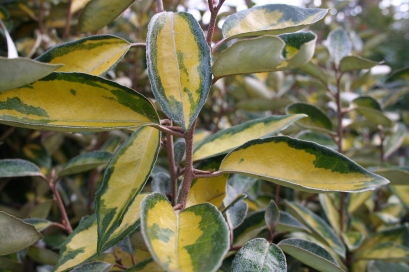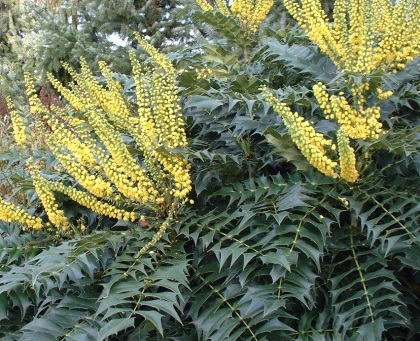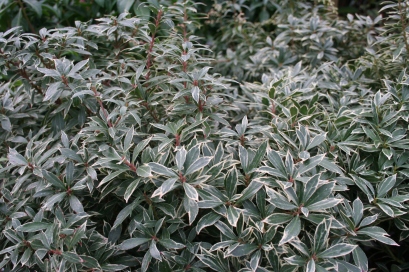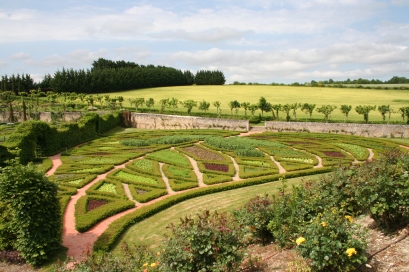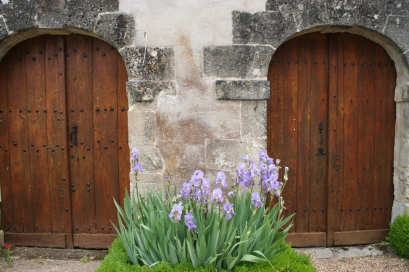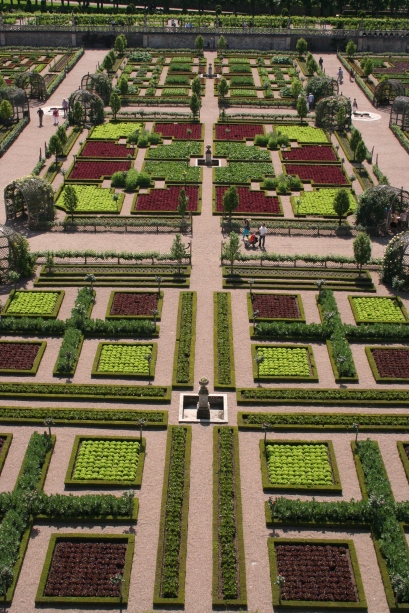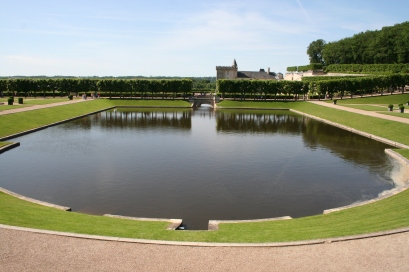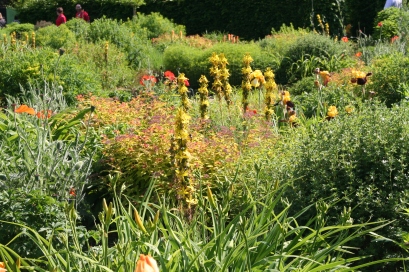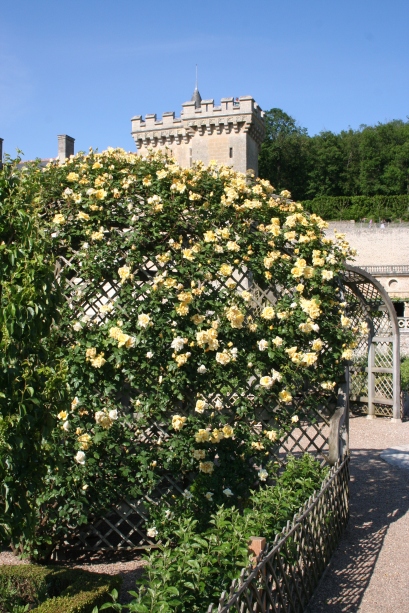The circus has come to town: a sure sign that autumn has arrived. In the square behind our home a riotous collection of goats, lama, camels, long-horn cattle, geese and other creatures are incongruously dotted around the lawns of the Place de Foire, calmly awaiting the first show tonight, like the professionals there are. We can hear the music and the announcements of the promotional vans.
After a short, hot summer, autumn has been variously warm and wet or cool and wet, conditions which are driving vineyard owners to the point of despair. The grape harvest started in mid-October and depending on the variety, will continue in the rain for the next few weeks. This is going to be a challenging year to produce fine wine in the Loire Valley and I feel for the growers.
I have three weeks’ worth of residential garden design and CAD courses starting on Saturday and am desperate to get out and tidy up the garden before students start to drift in from around the globe. Our first Israeli garden designer arrives for a week of CAD training on Saturday, while a parks manager from the Sultanate of Oman will be with us at the end of the month for two weeks of study. We work a lot with garden professionals from Oman and I find their horticultural skills to be of a very high standard: I must get the weeding done!
Despite, and in some cases because of the rain, there is still plenty going on in the garden. Yellow flowered Buddleja x weyeriana has been in bloom for months and shows no sign of wanting to stop. Salvia species like S. coccinea, S. patens, S. leucantha, S. elegans, S. microphylla, S. uliginosa and S. involucrata are all looking superb and I am taking cuttings of many of them at the moment for insurance purposes – some may be killed by a cold winter. Grasses are also looking good; we have several Miscanthus sinensis varieties, the majority in flower at the moment, while there are signs of autumn leaf colour on shrubs such as Rhus and Hamamelis. Anemones are showing well, especially Honorine Jobert in the white border and in the oriental garden the Colchicum Waterlily are in full flower. I know, Colchicum autumnale is a European native – I do things like this to see if you are concentrating.
Under the trees in the parks of the chateaux of the Loire Valley, both great and small, blankets of pink and white Cyclamen are in bloom but in the borders the gardeners are removing summer bedding ready to replace them with winter / spring flowering varieties. A great garden like Chenonceau must always look good, so the change-over brings out dozens of gardeners to get the work done in the shortest possible time.
Sunday will be the last opportunity to see the gardens of the International Garden Festival at Chaumont sur Loire; it closes its doors to the public on 20th October and reopens with two dozen new gardens in the spring. I shall be going with a group of garden designers to see how it has progressed since my last visit earlier in the summer. In the mean time we look forward to the 2014 edition, which will try to conjure up both the faults and the excesses of our time and the free, spiritual universe of eternal gardens, with the show theme: “Garden of the Deadly Sins”; expect to be challenged!
Sadly, because I am teaching, I will not be attending the plant fair at Courson, south of Paris this autumn, saving a great deal of money by missing a favourite plant-buying expedition. There will be other opportunities I have no doubt.











